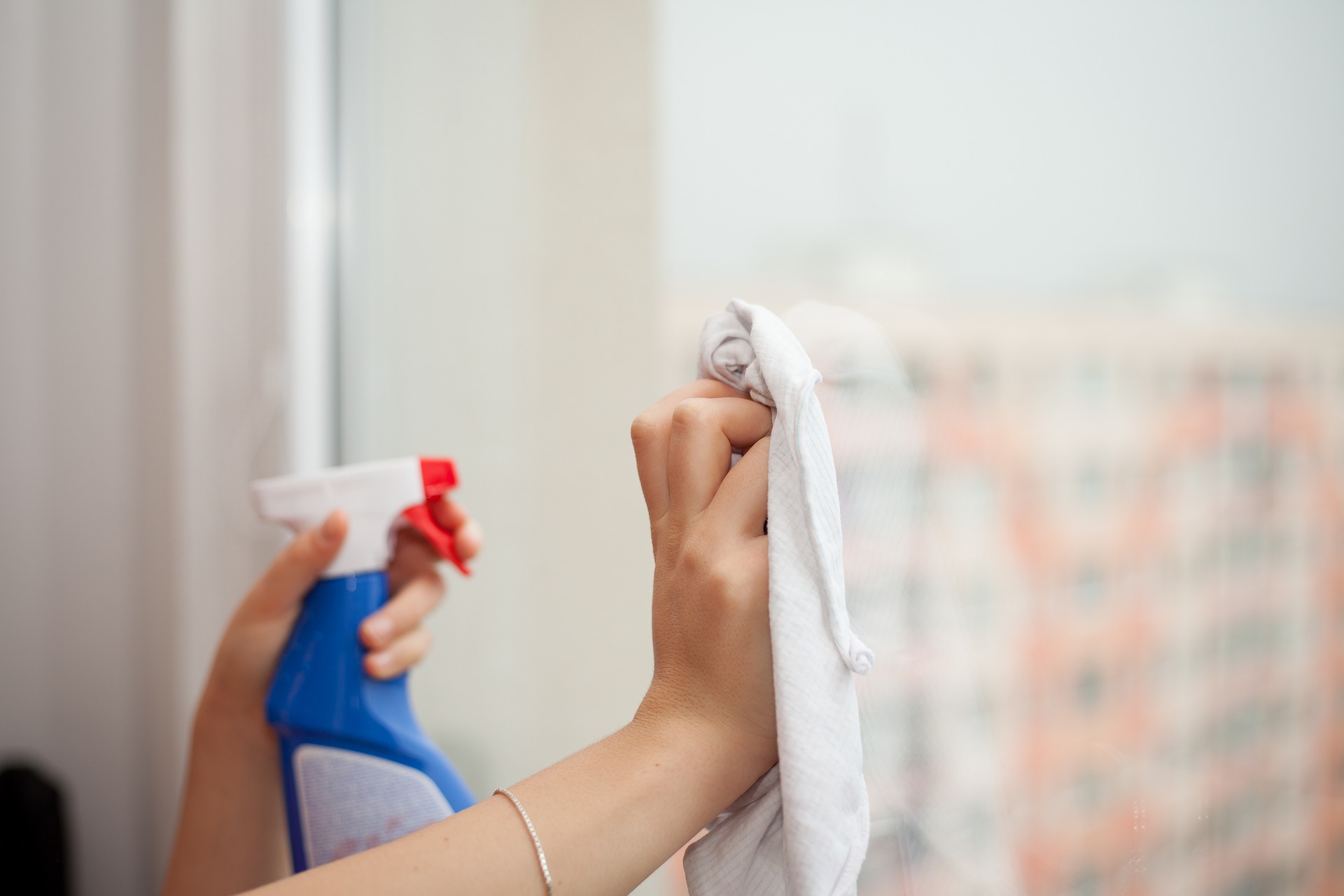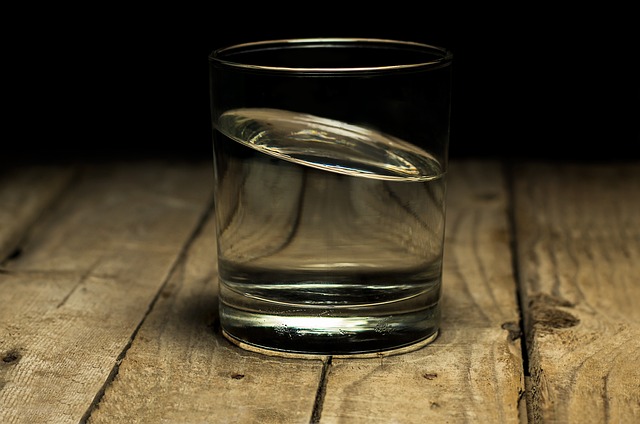By Marissa Goldberg, Staff Writer for Save The Water™ | April 18, 2016
A number of harmful chemicals that we are exposed to on a daily basis is nothing short of overwhelming. How can we expect to avoid them all? The sad truth is that we can’t. But, we can take real action towards minimizing our exposure to harmful chemicals. The first step is to build awareness around what is really in the cleaners that we rely upon to keep our homes clean and our families healthy.
More importantly, we need to understand how the products that we use every day affect the environment and our vital water supply. Our daily actions often have more implications than we think. We may be contaminating our water and land without even knowing it. Even worse, we may be completely aware that we are doing it, but just don’t know of better alternatives. Fear not – there are plenty of things that we can do to keep our water and our houses clean.
>Problem
According to the U.S. Environmental Agency (EPA), “the average American uses about 25 gallons of products containing hazardous chemicals per year in their home” (Leap 2016). While we think that we may be protecting our families and ourselves from harmful germs, we may in reality just be passing that harm to the environment. This results in a long-lasting effect that is being carried forward by each individual, and may cause more harm than we can realistically fix.This calls for a massive wave of change, rooted in the understanding that our environment is what sustains us, and harming it is essentially harming ourselves and our future descendants.
Using harmful household cleaners doesn’t just harm our health; it makes its way into our water supply and leaches into our land, where our food comes from. Think about it – after you clean your countertop with an all-purpose spray cleaner, where does the paper towel go? Into the trash. As we follow its journey to the massive landfill on the outskirts of our cities, it’s clear that the sheer amount of household cleaner residue present in the trash of our communities could pose a real threat to our environment. Similarly, when we pour toilet bowl cleaner straight into our toilets, this action provides direct access to whatever harmful chemicals to our water supply. Not only are we exposing our sensitive bodily organs and systems to these chemicals, we are contaminating the water that is eventually used in for laundry, cleaning, showers, and even our drinking.
Solution
Many of the companies that manufacture household cleaners have adopted an upgraded safety label to assure their customers of the integrity of the ingredients in their products. According to the EPA, “more than 2,000 products currently qualify to carry the Safer Choice label” (EPA 2016). Because meeting the standard and displaying the label are both voluntary, it is clear that the companies that adhere to these more stringent standards are industry leaders in sustainability and environmental safety. This serves as a helpful and important message to consumers who wish to adopt safer household cleaner products into their home. In turn, these products are safer for our environments in addition to our families, making them a better choice overall.
The Federal Drug Administration (FDA) has also taken steps to research and build awareness of the effects of ingredients in antibacterial hand soaps. Interestingly, the FDA maintains that “there currently is no evidence that over-the-counter (OTC) antibacterial soap products are any more effective at preventing illness than washing with plain soap and water” (FDA 2013). By continuing the campaign to engage in effective research for the benefit of consumer knowledge, the FDA is ensuring that consumers are aware of both the benefits and the risks that they expose themselves to through the use of common household cleaning products. It also goes to show that we may be harming our environment with no additional benefit to ourselves!
Action
Most of the actions we can take to make our households cleaner in a safer way are not that difficult. All it takes is a little bit of awareness about the products we put into our hands, onto our countertops, and down the drain. By making that extra effort to read the product label, or spending an extra dollar on the green brand, we can make a world of difference. Living a healthy lifestyle takes commitment and, yes, a bit of money. That’s the society we live in, after all. Healthy and clean doesn’t come cheap, but it does save our planet significantly when you consider the effects on the environment.
We would all do well to take a brief inventory of our cleaning supplies as they relate to our personal health and to the health of the environment and our water supply. Giam Inc (2016) lists points to consider when switching from a common household cleaners . Many of the products listed in the article could, in fact, pose great harm to our respiratory and nervous systems, among others. Scary stuff, right? Imagine what it does to another system almost as sensitive as our own bodies: the environment.
Another action step you can take is to create your own household cleaning products. This could be a fun hobby for you and your kids or roommates to do together, and you’ll feel much better about using these items in your living space. If you’re feeling creative, you could even give these homemade products away as gifts to your friends and family! They will appreciate the generosity, and you’ll be spreading awareness about the potential dangers of many store-bought household cleaning brands.
As we navigate this new “green” age, the burden falls on us to decide which route we’ll take. One thing we should all commit to is to at least be aware. With awareness, we understand the full implications of the actions we take every day. Sure, ignorance is bliss. But wouldn’t you rather know how big your carbon footprint really is, and take real steps towards minimizing your exposure to harmful chemicals?
References
- “8 Household Cleaning Agents to Avoid.” Gaiam Life. Gaiam, Inc. Web. 9 Apr. 2016.
“FDA Taking Closer Look at ‘Antibacterial’ Soap.” 16 Dec. 2013. Web. 9 Apr. 2016.
- Leap, Amy. “Make Your Own to Eliminate Hazardous Chemicals.” Ask The Expert. Pocono Record, 21 Mar. 2016. Web. 9 Apr. 2016.
- “Learn About the Safer Choice Label.” Consumer Updates. Environmental Protection Agency, 22 Feb. 2016. Web. 9 Apr. 2016.




